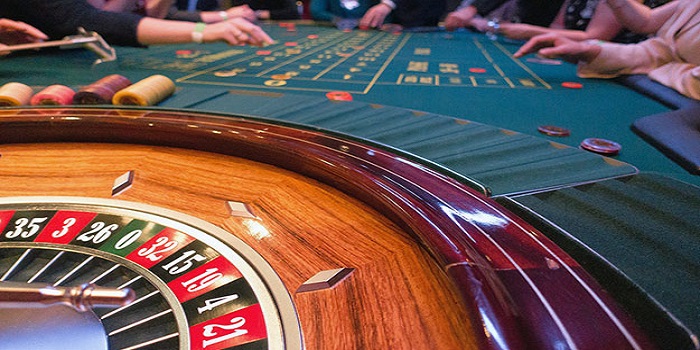In the realm of human experience, few topics are as simultaneously intriguing and contentious as the paranormal, particularly the existence of ghosts or spirits. This article delves into the complex world of spectral science, examining the efforts to understand and evaluate the reality of paranormal phenomena through scientific methods and perspectives.
The Allure of the Paranormal
Paranormal phenomena, including ghosts, hauntings, and other unexplained occurrences, have been part of human folklore and storytelling for millennia. These stories serve various cultural and psychological functions, from explaining the unexplainable to providing comfort in the face of death. The persistent interest in the paranormal reflects a deep human desire to understand what lies beyond the known world.
Scientific Skepticism and the Paranormal
The scientific community generally approaches the paranormal with skepticism. The fundamental tenet of science is the reliance on empirical evidence – data that can be observed, measured, and replicated. Paranormal phenomena often elude such empirical scrutiny, existing instead in the realm of anecdote and personal experience. This lack of reproducible evidence is a significant barrier to the scientific study of are ghosts real and other paranormal entities.
Parapsychology: A Bridge between Science and the Supernatural?
Parapsychology is a field of study that attempts to scientifically investigate paranormal phenomena. This includes research into psychic abilities, near-death experiences, and, of course, ghosts and hauntings. While parapsychologists employ scientific methodologies, the field is often viewed with skepticism by the mainstream scientific community due to the elusive nature of the phenomena under study.
Tools of Paranormal Investigation
Technological advancements have equipped paranormal investigators with various tools purported to detect ghostly presences. These include EMF (Electromagnetic Field) meters, infrared cameras, and audio recorders used to capture electronic voice phenomena (EVP). However, the interpretation of data from these devices is subjective, and alternative explanations, such as electromagnetic interference or audio artifacts, often exist.
Psychological Explanations for Paranormal Experiences
Many experiences attributed to the paranormal can be explained through psychology. For instance, the phenomenon of pareidolia leads people to perceive meaningful patterns – such as faces or figures – in random stimuli. This could explain why some individuals report seeing ghostly apparitions in ambiguous visual settings.
The Impact of Environmental Factors
Certain environmental factors can create conditions conducive to paranormal experiences. Infrasound, low-frequency sound waves below the threshold of human hearing, can induce feelings of anxiety or discomfort and is sometimes present in locations reputed to be haunted. Similarly, locations with high electromagnetic fields can trigger sensations that are interpreted as paranormal.
The Role of Culture and Media
Cultural beliefs and media representations significantly influence perceptions of the paranormal. Ghost stories and supernatural themes are common in literature, films, and television, shaping how people conceptualize and respond to purported paranormal occurrences. This cultural lens can predispose individuals to interpret ambiguous experiences as encounters with the supernatural.
Case Studies and Anecdotal Evidence
Despite the lack of scientific validation, there is no shortage of anecdotal evidence and case studies of paranormal encounters. From famous cases like the Amityville haunting to personal stories of ghostly encounters, these accounts offer a rich tapestry of experiences that keep the belief in the paranormal alive. While such anecdotes cannot establish the reality of ghosts scientifically, they do provide a compelling narrative that fuels ongoing interest and belief.
Challenges in Paranormal Research
One of the primary challenges in paranormal research is the subjective nature of the phenomena. Ghost sightings and experiences are deeply personal and cannot be easily replicated or studied under controlled conditions. Additionally, the field suffers from a lack of standardized methodologies and is prone to confirmation bias, where researchers may unconsciously interpret data to align with their beliefs.
Future Directions in Spectral Science
The future of researching the paranormal may lie in interdisciplinary approaches, combining aspects of psychology, physics, environmental science, and cultural studies. By broadening the scope of inquiry and employing rigorous scientific methodologies, researchers might gain new insights into these enduring mysteries. Moreover, advancements in technology could provide more sophisticated tools for detecting and analyzing paranormal phenomena.
Conclusion
The evaluation of the reality of the paranormal remains a complex and nuanced endeavor. While scientific skepticism prevails due to the lack of empirical evidence, the wealth of anecdotal accounts and cultural significance of ghost stories cannot be dismissed outright. The study of the paranormal, therefore, exists at the intersection of science, psychology, and human culture, continuing to fascinate and perplex in equal measure. Whether or not ghosts are real, the pursuit of understanding these spectral phenomena illuminates much about the human condition and our eternal quest to make sense of the unknown.
#areghostsreal



